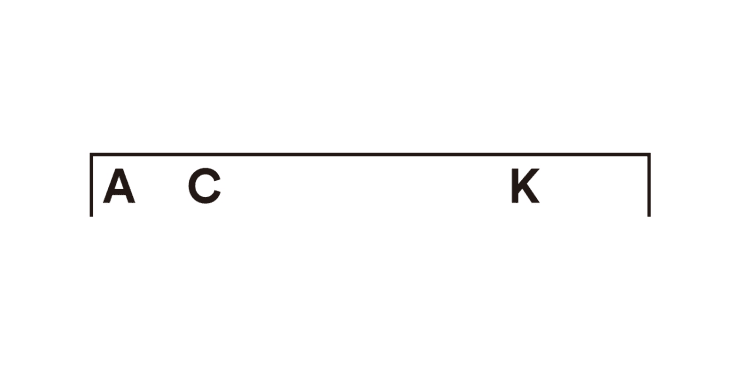Zenzabuo Kojima
Zenzaburo was born in Fukuoka City, Kyushu area in 1893. As a painter he was mostly self-taught but later studied in Europe from 1925-1928. There he visited many museums to learn and absorb the techniques and expressions of both classical and modern masters. After returning to Japan, he sought to perfect a Japanese style of oil painting which was coined “Kojima style". He summarized nature in bold forms and filled the canvas with the life force that overflows from it. He would go on in his later years to sketch the scenery around his studio season by season and whenever he traveled far. He completed paintings of a magnificent larger-scale, and did so with an exuberant touch. He also put a great deal of effort into drawing portraits and flowers, bringing out the life in his subjects and making them vibrant on the canvas. The more than 2,000 works he made during his lifetime attracts many fans to this day. His works are in the collections of many Japanese museums and continue to please adoring audiences. 2023 will mark the 130th anniversary of his birth, and the Fukuoka Prefectural Museum of Art is planning a major exhibition to commemorate his legacy. The late critic Atsuo Imaizumi emphasized at the end of his eulogy for Zenzaburo 60 years ago: "I believe that the day is close when your work will be truly and properly appreciated after your death. I believe that your painting will leave a significant mark as one of the most outstanding artworks of the Showa period in the history of Japanese painting.” I believe we are now witnessing this come true. Zenzaburo has become an artist who is bid regularly in the 20th/21st century section of Christie's Auctions in Hong Kong, and he is seeing more and more popularity in Asia as well.
-

Zenzaburo Kojima
This very green September 17 - October 22, 2022This very green , an exhibition of paintings by Zenzaburo Kojima (1893-1961) marks the artist’s first solo exhibition outside of his native Japan and inaugurates Nonaka-Hill, Melrose, located at 6917...Read more -

Hiroshi Sugito
the garden with Zenzaburo Kojima September 17 - October 22, 2022Nonaka-Hill is pleased to present “the garden”, an exhibition of recent paintings by Hiroshi Sugito (b. 1970). The presentation marks the artist’s first solo exhibition with Nonaka-Hill and his ninth...Read more
-

FRIEZE MASTERS
October 11 - 15, 2023“The kind of art that we strive to create today must embody the middle way, in which the material and spiritual are merged into one...It...Read more -

FOG Design+Art
Nonaka-Hill & Ratio 3 January 19 - 22, 2023Nonaka-Hill and Ratio 3 are pleased to present a joint booth. Nonaka-Hill is exhibiting the sculptural ceramics of Hosai Matsubayashi XVI and Masaomi Yasunaga with...Read more -

Art Collaboration Kyoto
Nonaka-Hill collaboration with Shibunkaku November 18 - 20, 2022Art Collaboration Kyoto (ACK) is an art fair held in Kyoto under the theme of “contemporary art and collaboration.” It is one of the largest...Read more


